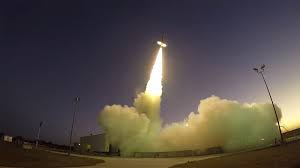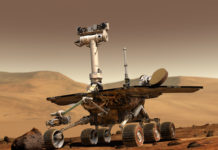While it’s been some time since NASA’s last mission to Mars, 2020 is the projected year for when that will change. In addition to marking the beginning of a new era of exploration, exactly what the organization plans to explore is unique in and of itself; namely, the existence of aliens.
Science News reports on the newest Mars mission planned by NASA. Set to launch sometime in July 2020, it will hopefully land by February of 2021.
This time, however, the rover will be searching for more than just some interesting rock and soil samples to send home. Instead, the rover will land in the Jezero crater in order to try and find any signs of past life within the sand.
The crater in question is notable for containing a 250-meter deep lake and river delta, both long since dried up. Despite this, probably past locations of water would be the most likely areas for where life would have begun, making them the place to search when trying to find any clues to the existence of extraterrestrials.
The fact that the area in question is linked to a river makes this a prime area for the search, as well. Any evidence of life downstream on other areas of the planet would likely have by washed along into the delta or the lake, meaning searching within the two could prove much more productive than simply scouring the planet’s surface with no direction.
As far as design is concerned, the rover for the 2020 mission will take cues from Curiosity, another robot currently exploring the Gale crater elsewhere on the planet. It will even be using an improved version of Curiosity’s landing system known as the Sky Crane, a floating platform that will lower the probe onto Mars by a cable like a crane.
While it may share many similarities with Curiosity, Mars 2020’s job is not extensive study. Instead of analyzing the samples it takes by itself, it will be tasked with storing them until another craft can arrive to take them, at which point they’ll be delivered to Earth for the most advanced labs to look over.
The implications of a successful mission are obvious. Should this probe discover conclusive or even probably signs of life past or present, our entire understanding of the solar system and life could change. Unfortunately, it will be quite some time before any of this can be examined, as samples shouldn’t be able to make it back to Earth until at least the 2030’s.












